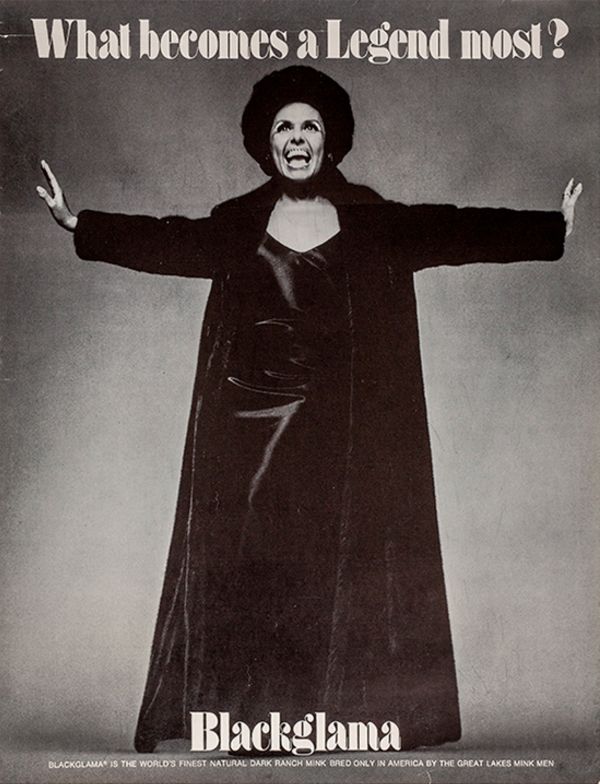
Lena Horne: African American Icon
In honor of Black History Month we celebrate the ”What Becomes A Legend Most” icon, Lena Horne. When Lena Horne was asked to become the image for Blackglama’s 1969 ad campaign poster (see above), she follows in the heels of such female icons as Marlene Dietrich and Joan Crawford; she was the first African American celebrity to do so. For more information see: https://www.walterfilm.com/shop/posters/lena-horne-blackglama-poster/
The Beginning
In 1933, at the age of sixteen, Lena Horne began her career by joining the chorus line of Harlem’s famous Cotton Club and by the fall of 1934 she had a featured role in the Cotton Club Parade starring Adelaide Hall. Over the next seventy years, this African American dancer, actress and one of the 20th Century’s greatest singers, appeared in nightclubs, film, television, theatre and became an award-winning renowned recording artist.
MGM
Through the early 1940s she appeared in low-budget movies and made her Hollywood nightclub debut in January 1942 at Felix Young’s Little Troc on the Sunset Strip. A few weeks later, she was signed by Metro-Goldwyn-Mayer and made her MGN debut in Panama Hattie (1942). She performed the title song of Stormy Weather (1943) for 20th Century Fox, while on loan from MGM. This song and her performance stunned audiences and it became synonymous with her through-out her career. She appeared in several MGM musicals, including Cabin in the Sky (1943) with an entirely African American cast.
The follow four photographs are MGM publicity shots. The last image is the Al Hirschfeld illustrated lobby card for director Vincente Minnelli’s first film, CABININ THE SKY, starring Ethel Waters, Lena Horne and Eddie “Rochester” Anderson.
LENA HORNE – MGM (1943) BY CLARENCE SINCLAIR BULL
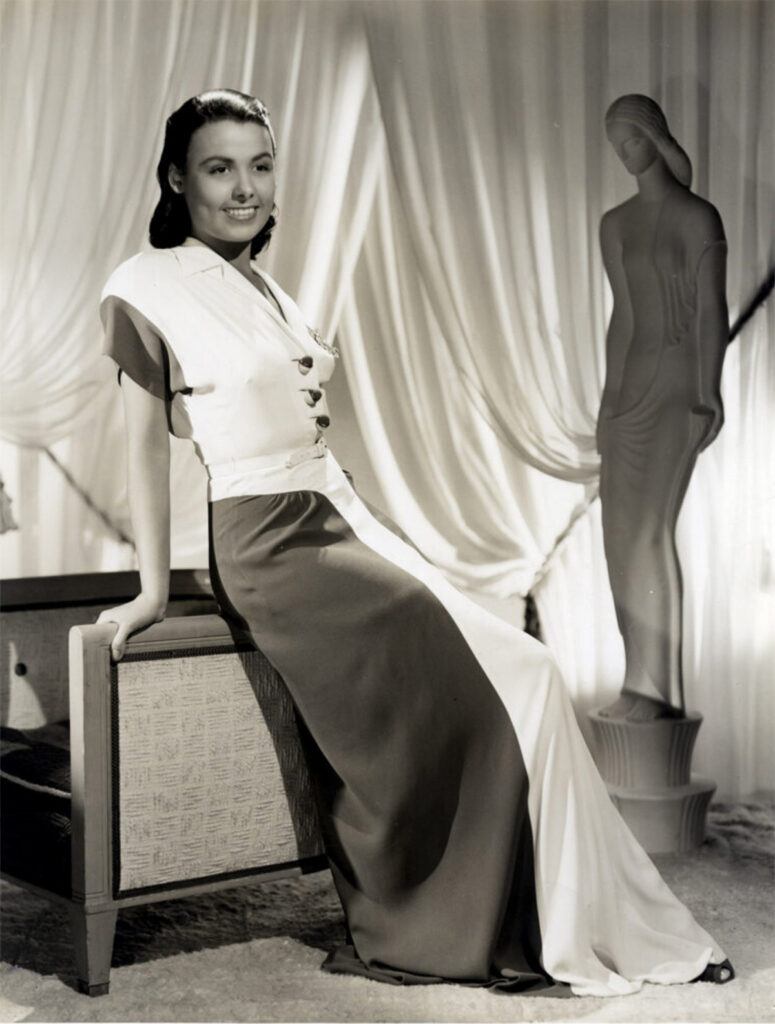
LENA HORNE – MGM (1944) STUDIO PORTRAIT
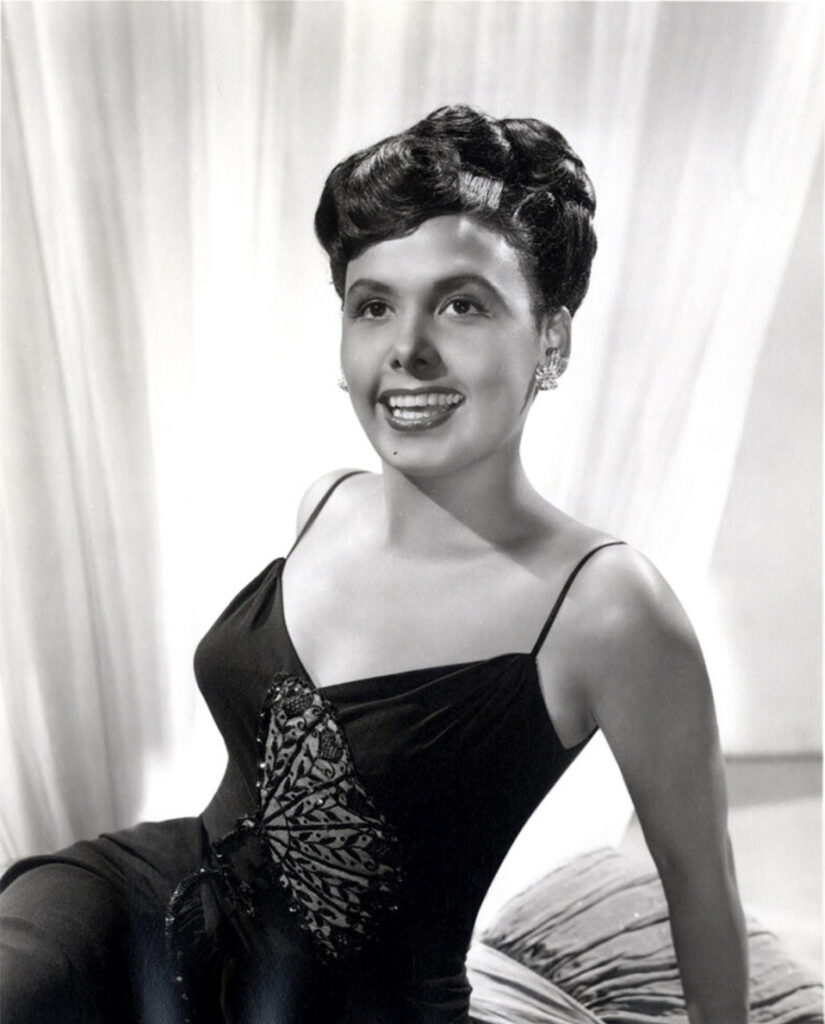
LENA HORNE – MGM (1945) STUDIO PORTRAIT
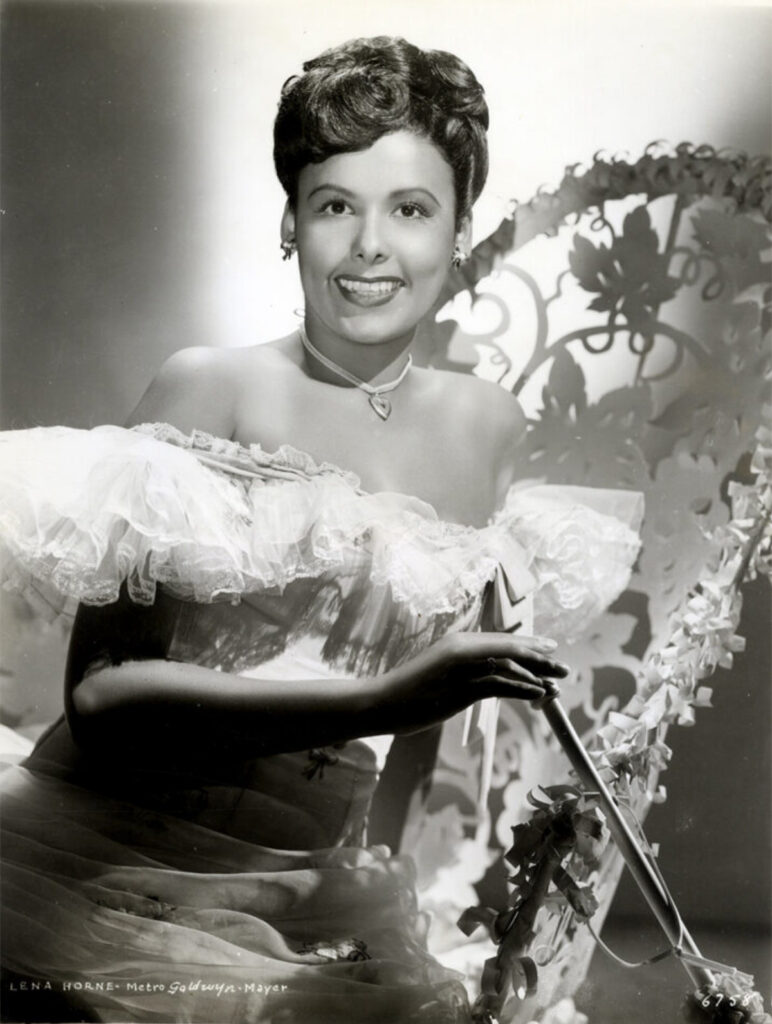
LENA HORNE – MGM (1945) ZIEGFELD FOLLIES
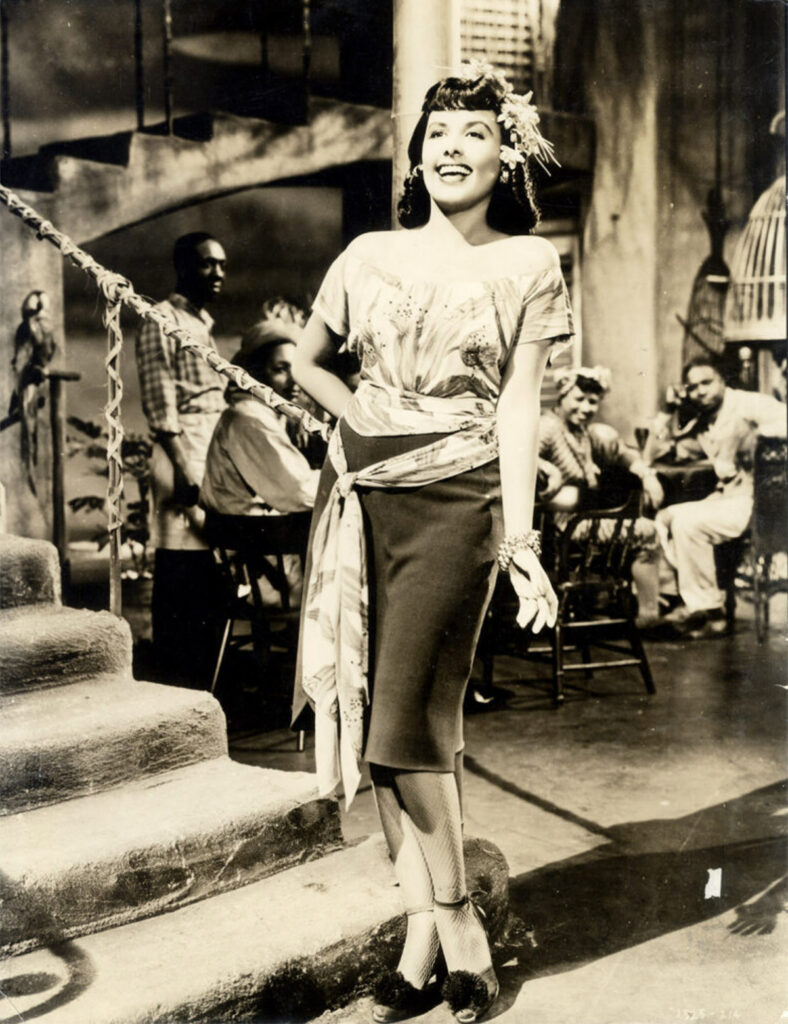
LENA HORNE: MGM (1943) “CABIN IN THE SKY” LOBBY CARD – ART BY AL HIRSCHFELD
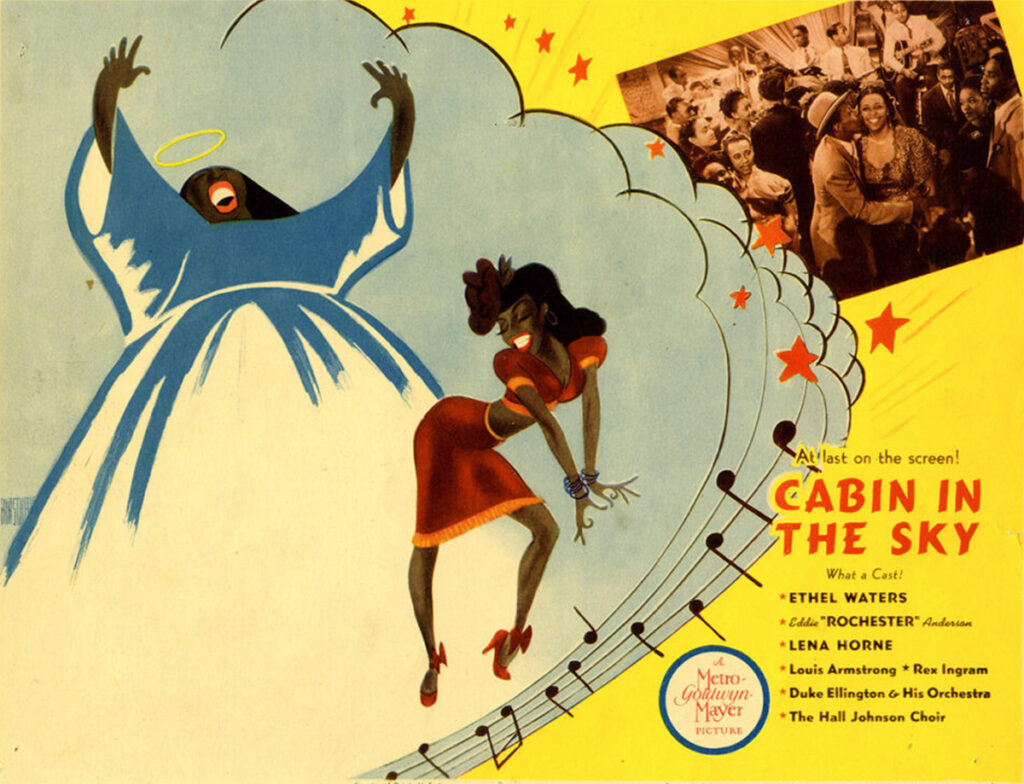
Lena Horne continued at MGM singing “Why Was I Born?” in Till the Clouds Roll By (1946) and “Love” by Hugh Martin and Ralph Blane In Ziegfeld Follies (1946). Horne lobbied for the role of Julie LaVerne in MGM’s version of Show Boat (1951) but lost the part to Ava Gardner, a friend in real life. Horne claimed this was due to the Production Code‘s ban on interracial relationships in films. In the documentary That’s Entertainment! III, Horne stated that MGM executives required Gardner to practice her singing using Horne’s recordings, which offended both actresses. Ultimately, Gardner’s voice was overdubbed by actress Annette Warren (Smith) for the theatrical release.
LENA HORNE – ONSTGE NEW YORK (1945)
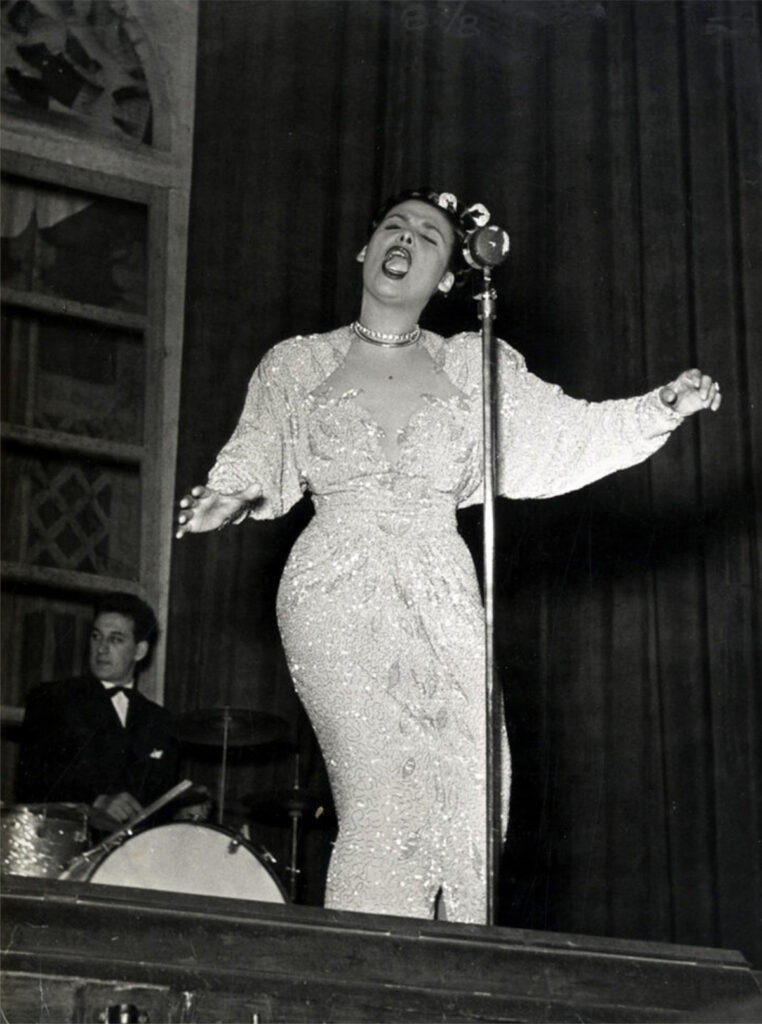
Moving On
Horne became disenchanted with Hollywood and increasingly focused on her nightclub career. She said she was “tired of being typecast as a Negro who stands against a pillar singing a song. I did that 20-times too often.” She was blacklisted during for seven years the 1950s for her affiliations in the 1940s with communist-backed groups. She would subsequently disavow communism.
After leaving Hollywood, Horne established herself as one of the premier nightclub performers of the post-war era. She headlined at clubs and hotels throughout the U.S., Canada, and Europe, including the Sands Hotel in Las Vegas, the Cocoanut Grove in Los Angeles, and the Waldorf-Astoria in New York. In 1957, a live album entitled, Lena Horne at the Waldorf-Astoria, became the biggest-selling record by a female artist in the history of the RCA Victor at that time. In 1958, Horne became the first African American woman to be nominated for a Tony Award for “Best Actress in a Musical” (for her part in the “Calypso” Broadway musical Jamaica).
Television
From the late 1950s through to the 1960s, Horne was a staple of TV variety shows, appearing multiple times on Perry Como’s Kraft Music Hall, The Ed Sullivan Show, The Dean Martin Show, and The Bell Telephone Hour. Other programs she appeared on included The Judy Garland Show, The Hollywood Palace, and The Andy Williams Show. Besides two television specials for the BBC (later syndicated in the U.S.), Horne starred in her own U.S. television special in 1969, Monsanto Night Presents Lena Horne.
In 1970, she co-starred with Harry Belafonte in the hour-long Harry & Lena special for ABC; in 1973, she co-starred with Tony Bennett in Tony and Lena. Horne and Bennett subsequently toured the U.S. and U.K. in a show together. In the 1976 program America Salutes Richard Rodgers, she sang a lengthy medley of Rodgers songs with Peggy Lee and Vic Damone.
Broadway & Touring
In May 1981, The Nederlander Organization, booked Horne for a four-week engagement at the newly named Nederlander Theatre on West 41st Street in New York City. The show was an instant success and was extended to a full year run, garnering Horne a special Tony award, and two Grammy Awards for the cast recording of her show Lena Horne: The Lady and Her Music. The 333-performance Broadway run closed on Horne’s 65th birthday, June 30, 1982. Later that same week, she performed the entire show again to record it for television broadcast and home video release. Horne toured The Lady and Her Music to 41 cities in the U.S. and Canada, played to acclaim at the Adelphi Theatre in London, and ended its run in Stockholm, Sweden. In 1981, she received a Special Tony Award for the show
Civil Rights
Horne was long involved with the Civil Rights Movement working with Paul Robeson. In 1941, she sang at Café Society, New York City’s first integrated venue. During World War II, when entertaining the troops for the USO, “She refused to perform “for segregated audiences or for groups in which German POWs were seated in front of Black servicemen”.
She was at an NAACP rally with Medgar Evers in Jackson, Mississippi, the week-end before Evers was assassinated. She was at the March on Washington and spoke and performed on behalf of the NAACP, S.N.C.C., and the National Council of Negro Women. She also worked with Eleanor Roosevelt in attempts to pass anti-lynching laws. In 1983, the NAACP awarded her the Spingarn Medal.
Death
Lena Horne died of congestive heart failure on May 9, 2010. Her funeral took place at St. Ignatius Loyola Church on Park Avenue in New York, where she had been a member. Thousands gathered and attendees included: Leontyne Price, Dionne Warwick, Liza Minnelli, Jessye Norman, Chita Rivera, Cicely Tyson, Diahann Carroll, Leslie Uggams, Lauren Bacall, Robert Osborne, Audra McDonald, and Vanessa Williams.
Wikipedia: Lena Horne
Videos
Lena Horne: In Her Own Words: https://youtu.be/4rDh4LqGujg
Lena Horne – Stormy Weather (1943): https://youtu.be/DXJ8-E-jvuw
Lena Horne’s 1996 PBS American Masters biography https://youtu.be/AErWqNBhawI
- African American Movie Memorabilia
- African Americana
- Black History
- Celebrating Women’s HistoryI Film
- Celebrity Photographs
- Current Exhibit
- Famous Female Vocalists
- Famous Hollywood Portrait Photographers
- Featured
- Film & Movie Star Photographs
- Film Noir
- Film Scripts
- Hollywood History
- Jazz Singers & Musicians
- LGBTQ Cultural History
- LGBTQ Theater History
- Lobby Cards
- Movie Memorabilia
- Movie Posters
- New York Book Fair
- Pressbooks
- Scene Stills
- Star Power
- Vintage Original Horror Film Photographs
- Vintage Original Movie Scripts & Books
- Vintage Original Publicity Photographs
- Vintage Original Studio Photographs
- WalterFilm
